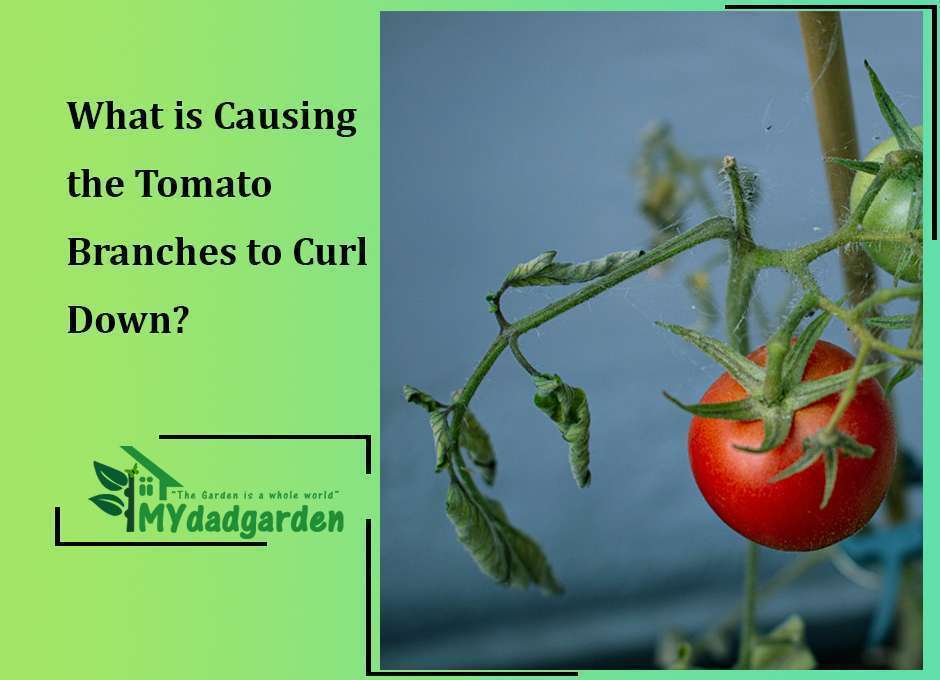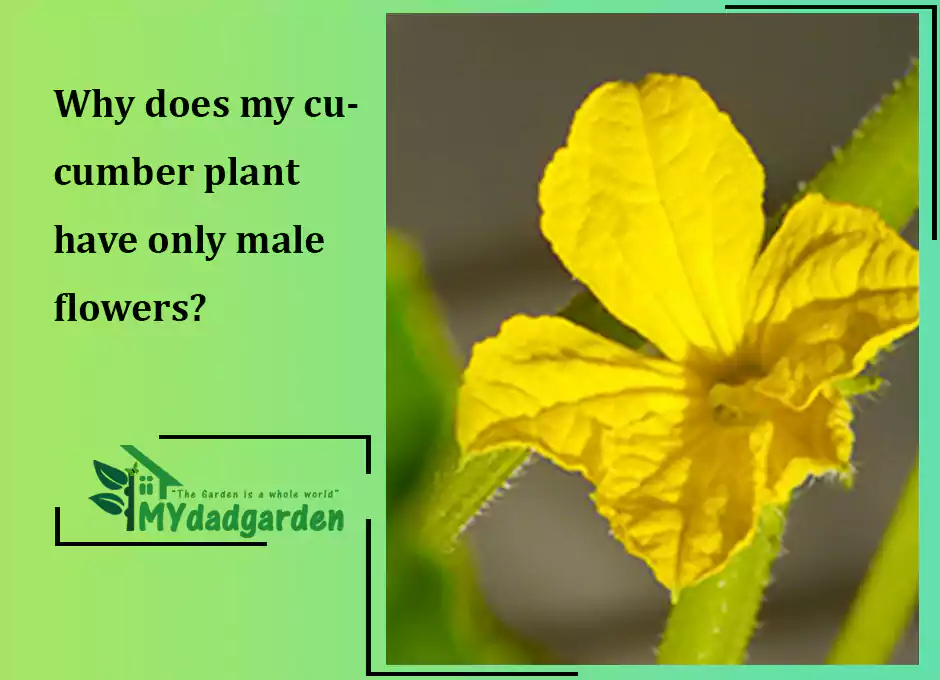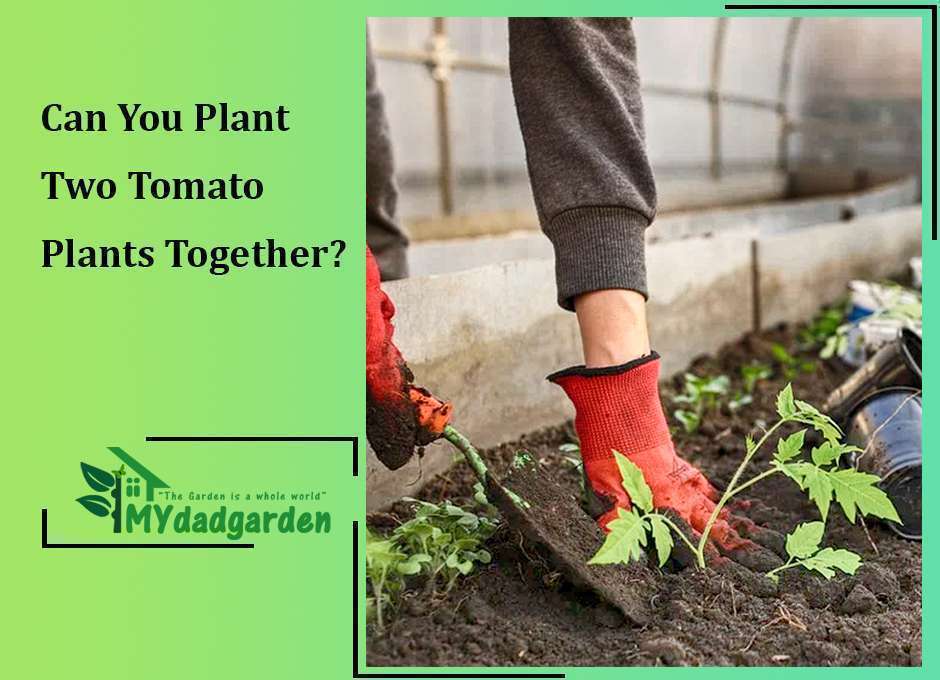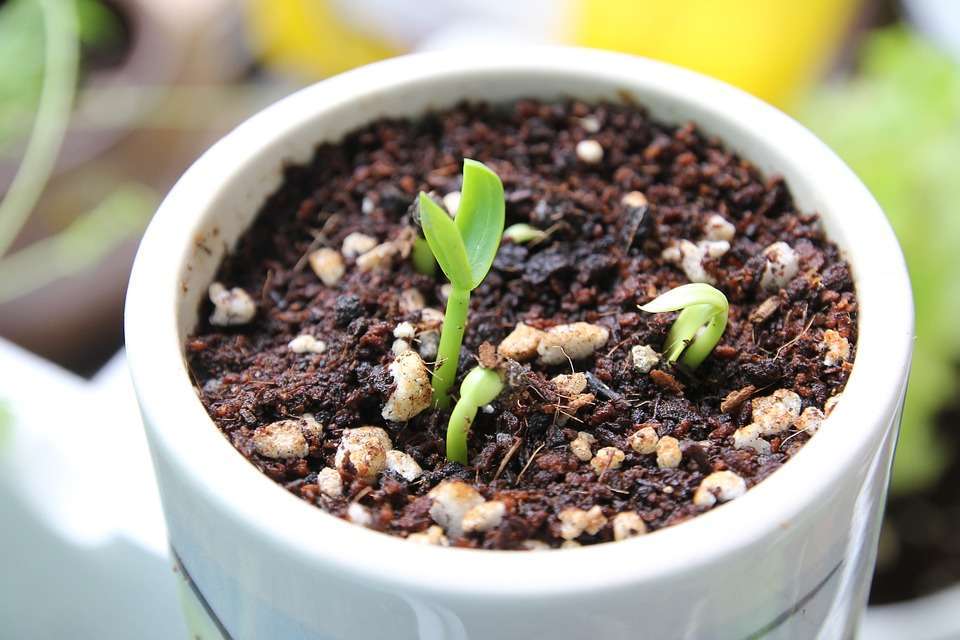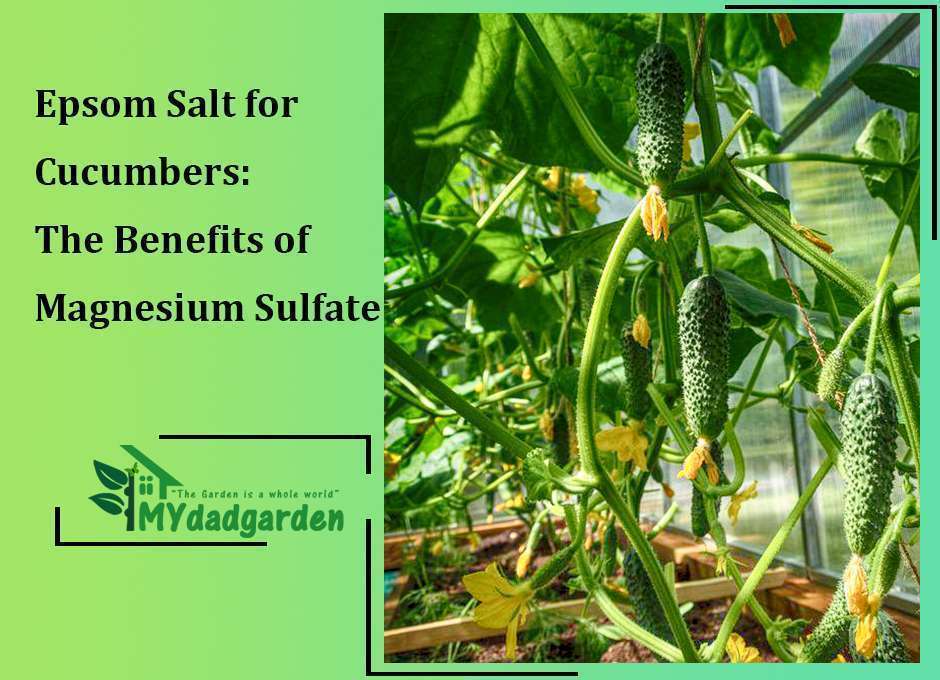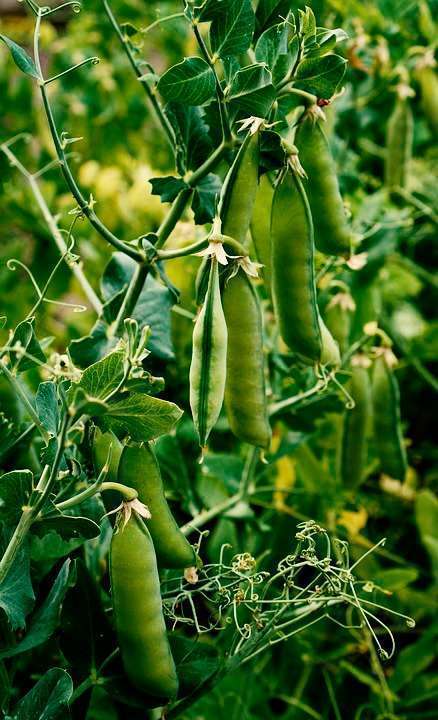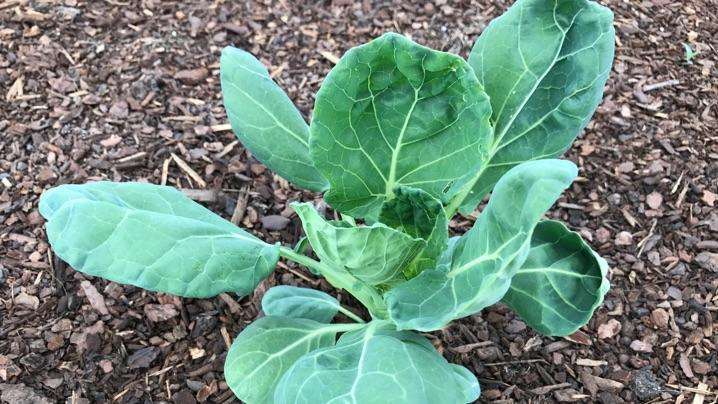What is Causing the Tomato Branches to Curl Down?
Tomato branches curling down is a common problem that various factors can cause.
Several things can cause tomato branches to curl down, but the most common culprit is a lack of calcium. If your tomato plants are not getting enough calcium, their branches will start to curl down to try to conserve energy.
In this blog post, we will discuss other causes of tomato branch curling and how to fix the problem.
Table of Contents
Why Are My Tomato Branches Curling Under?
If you notice that your tomato branches are curling down, it is essential to figure out what is causing the problem.

Lack Of Calcium
Tomato varieties vary in the amount of calcium they require. However, all tomatoes need some level of calcium to grow properly.
Calcium is essential for cell walls, and without it, the cells will collapse. This can cause the branches to curl under the leaves.
In addition, lack of calcium can lead to blossom end rot, a condition that affects the plant’s fruit. Blossom end rot occurs when the fruit does not have enough calcium, causing it to blacken and rot.
Tomato plants need calcium to grow properly and produce healthy fruit. If your tomato plant’s branches are curling under, it is likely due to a lack of calcium. You can provide calcium by adding an amendment to the soil or by using a fertilizer that contains calcium.
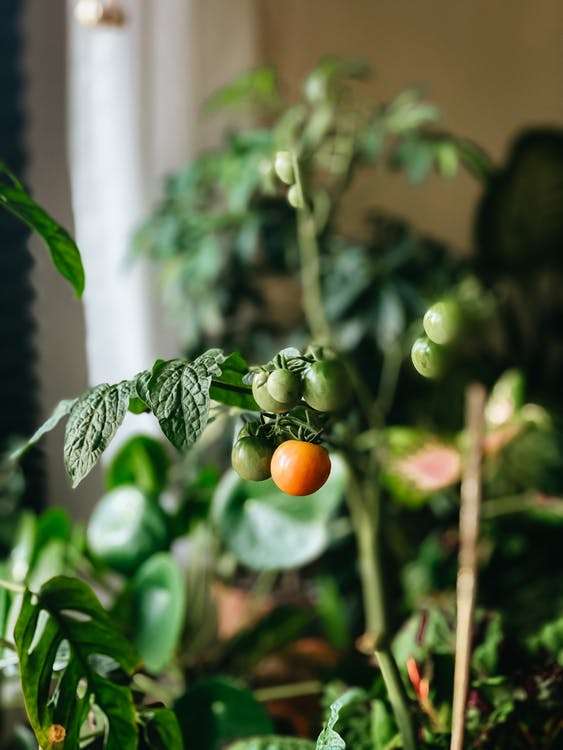
Too Much Water
Tomato branches that are curling down are usually caused by too much water. When tomato plants take in too much water, the weight of the water can cause the branches to bend and bow down.
Tomato plants need a lot of water, but they also need well-drained soil so that the roots don’t stay wet for too long. Otherwise, the roots will start to rot, and the plant will be stunted.
If you think your tomato plant is getting too much water, check the soil to see if it is moist or soggy. If it is, then cut back on watering until the soil has a chance to dry out somewhat.
Also, make sure you are not over-watering by checking the drainage holes in the bottom of the pot. If water is draining out quickly, you are probably watering too much.
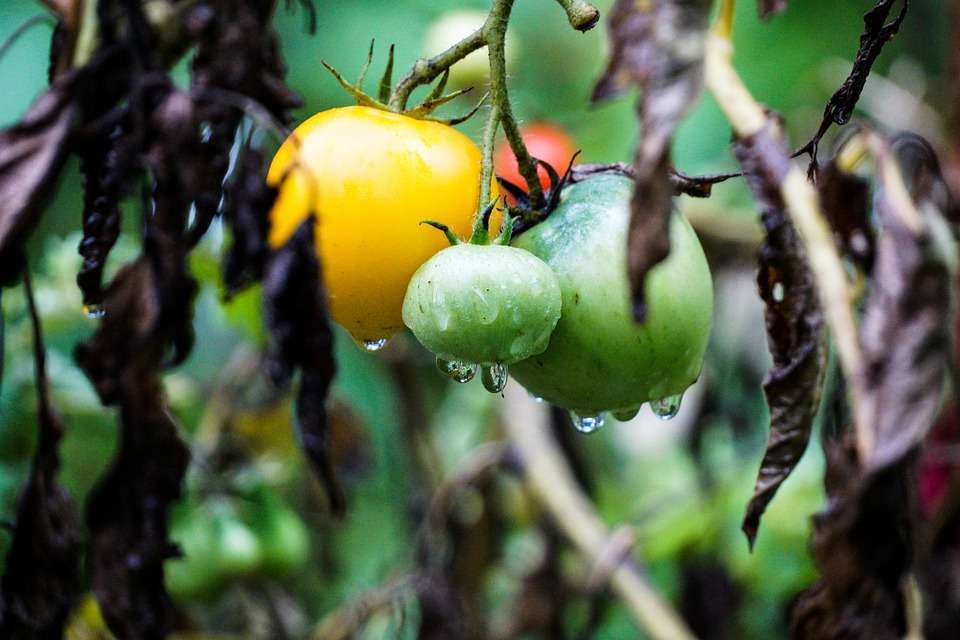
Fungal Disease
Tomato branches usually curl down due to a fungal disease called Tomato Spotted Wilt Virus (TSWV). Tomato plants affected by TSWV will have symptoms that include stunted growth, yellowing and curling of leaves, and discolored fruit or has spots.
In severe cases, the plant may die. Tomato plants can be infected with TSWV through contact with an infected insect, such as a thrips. Contaminated pruning tools or transplants can also spread the virus.
To prevent Tomato Spotted Wilt Virus, it is crucial to practice good garden hygiene and to avoid handling tomato plants when they are wet.
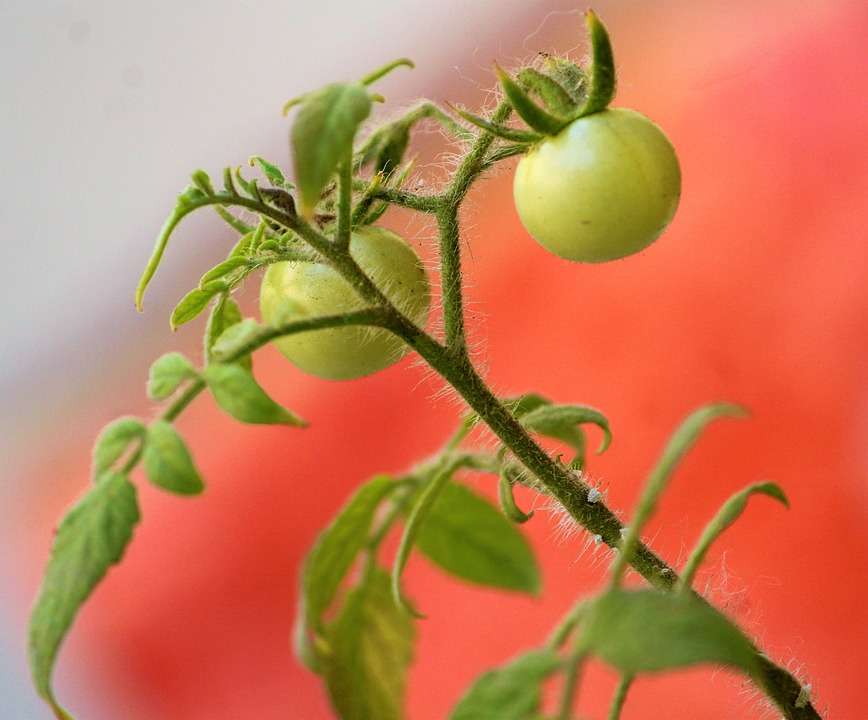
Too Little Sun
Tomato plants need a lot of sunlight to produce healthy fruit. If they are not getting enough sun, the leaves will start to curl down in an attempt to get more light.
Tomato plants need at least six hours of direct sunlight each day to thrive. In severe cases, the plant may produce fewer and smaller tomatoes.
If you suspect that your tomato plant is not getting enough sun, move it to a sunny spot and watch for improvements. Your plant should soon be back to its healthy self with proper care.
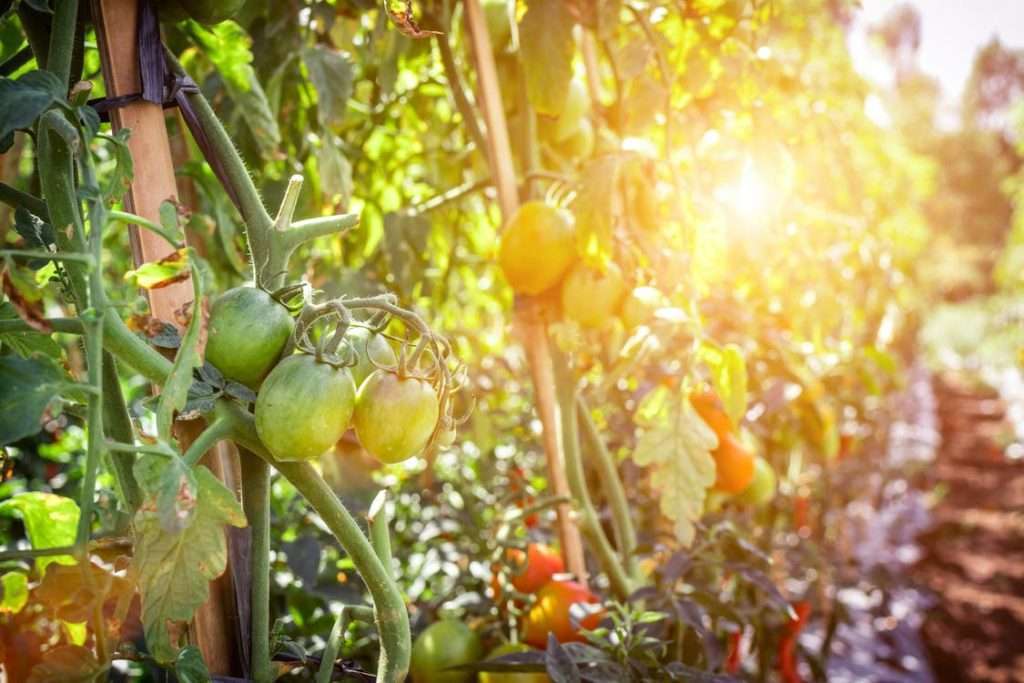
Pests Or Diseases
Another reason your tomato plants are curling may be pests or diseases.
Aphids, for example, are tiny creatures that feed on plant sap. This can cause the leaves to curl and eventually turn yellow. Another possibility is that the plant suffers from a fungal disease known as leaf spot.
This can also cause the leaves to curl and turn yellow or brown. If you suspect that your plant has either of these problems, it’s essential to take action quickly. Otherwise, you risk losing your entire crop.
The best way to deal with pests or diseases is to prevent them from happening in the first place. This can be done by planting disease-resistant varieties and keeping your garden clean.
It’s also important to inspect your plants regularly for signs of problems. If you see anything unusual, don’t hesitate to contact a professional for help.
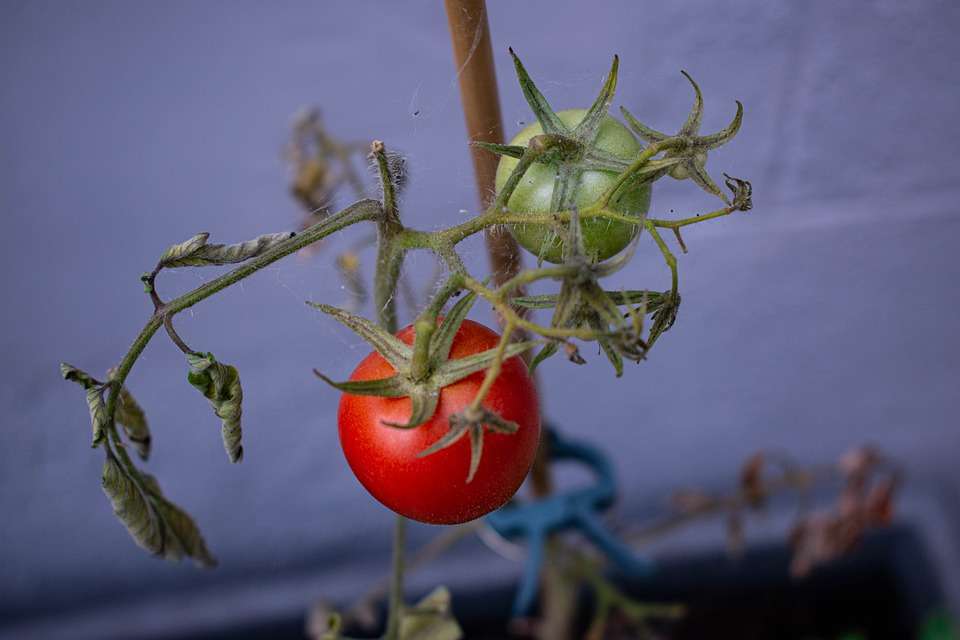
Bad Environment
Tomato plants are susceptible to various problems, including wind damage and excessive heat.
One common symptom of these problems is curling leaves or branches. If your tomato plant is experiencing this issue, you can do a few things to help remedy the situation.
First, look at the environment in which your plant is growing. If exposed to high winds or excessive heat, try moving it to a more secure location.
You can also prune away any damaged leaves or branches.
Underwatering Or Overwatering
One possibility is that you are underwatering the plants. Tomatoes need a consistent supply of moisture, and watering them deeply once a week is usually the best way to achieve this.
If you let the soil dry out too much, the leaves will begin to curl to conserve moisture.
Another possibility is that you are overwatering the plants. Too much water can cause the roots to rot, which in turn will cause the leaves to curl.
Be sure to check the soil before watering, and only water when it is dry to the touch. With a bit of trial and error, you should be able to find the perfect balance for your tomatoes.
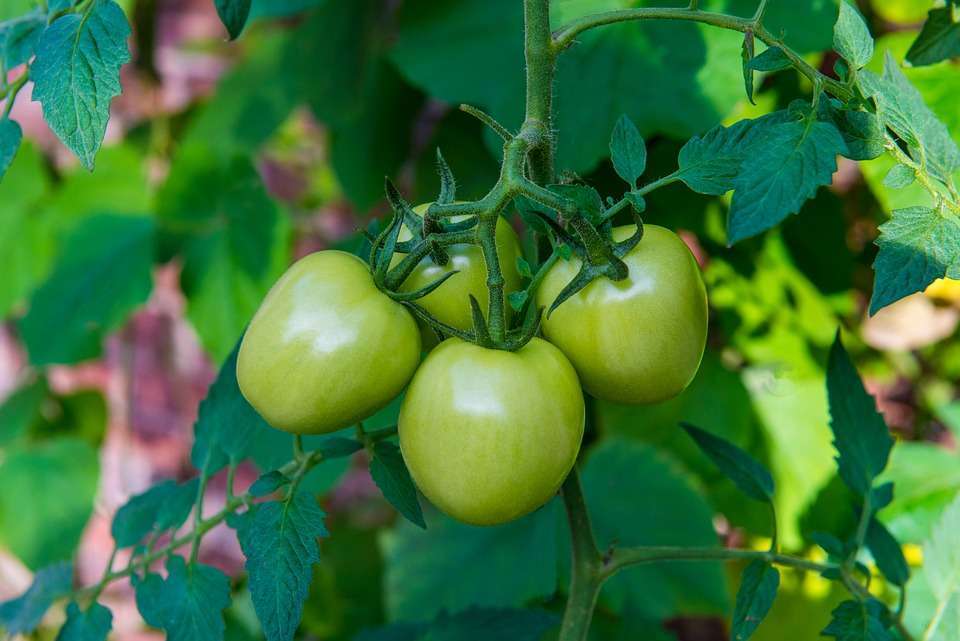
Unbalanced nutrients
Tomato plants are heavy feeders and need a steady supply of nutrients to remain healthy.
If the soil lacks nutrients, the plant will begin to exhibit signs of stress, such as yellowing leaves or curling branches. Too much fertilizer can also cause problems, leading to overly lush growth that is susceptible to disease.
It is essential to have your soil regularly tested to ensure it is correctly balanced. In addition, be careful not to over-fertilize your tomato plants, as this can do more harm than good.
By following these simple tips, you can ensure that your plants stay healthy and produce an abundance of delicious fruit.
As you can see, there are several reasons why your tomato plant’s branches might be curling down. In most cases, the problem can be fixed with a little bit of effort. However, if the problem is left unchecked, it could eventually kill the plant.
FAQ
Why Are My Tomato Plant Branches Growing Downward?
There are a few reasons why your tomato plant branches might be growing downward.
One reason could be that the plant is not getting enough sunlight. Tomato plants need at least six hours of sunlight per day, so if your plant is not getting enough light, it will start to stretch out in search of a sunny spot.
Another reason could be that the plant is overloaded with fruit. If the plant is bearing more fruit than it can support, the weight will cause the branches to droop.
Finally, the soil could be too wet or too dry. If the soil is too wet, the roots will not be able to get enough oxygen, and if it is too dry, the plant will not be able to absorb enough water. Both of these conditions can cause the branches to curl under.
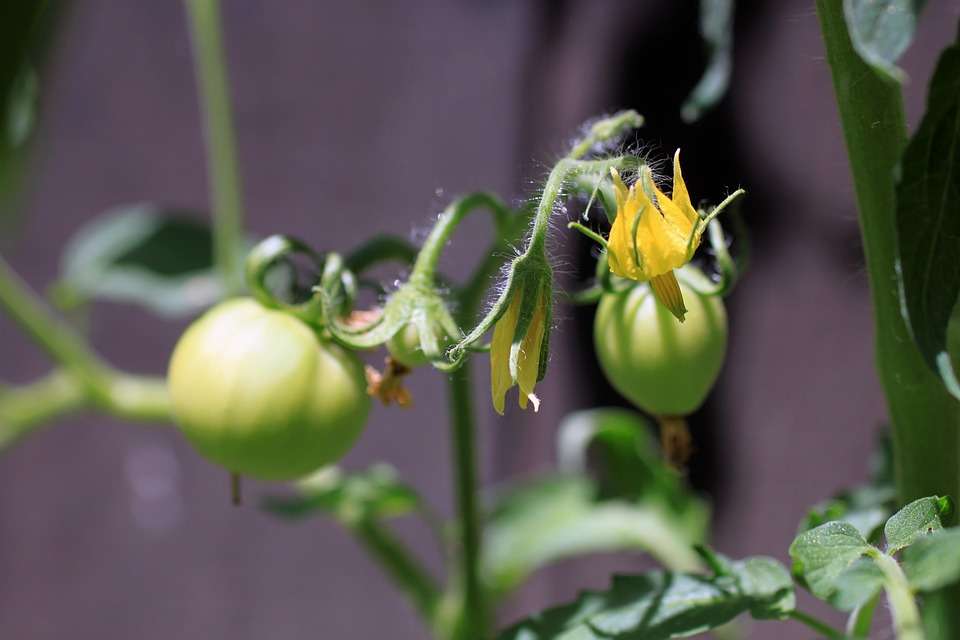
Why are my tomato branches drooping?
Many gardeners have experienced the disappointment of finding their tomato branches drooping and leaves wilting, especially in hot weather.
There are several reasons why this may happen, but the most likely cause is a lack of water. Tomatoes are heavy feeders and need a steady water supply to produce healthy fruit.
When the soil is too dry, the plants will shut down to conserve moisture. Another possibility is that the plant is experiencing root stress.
This can be caused by excessive fertilization, compaction, or a lack of drainage. If the roots cannot take up enough water, the plant will start to wilt. Fortunately, both of these problems can be easily remedied by watering deeply and regularly.
Can Tomatoes Recover From Leaf Curl?
Yes, there are some treatments for tomato leaf curling.
While tomato leaf curl can be unsightly, it is generally not harmful to the plant itself. Tomatoes can typically recover from leaf curl within a few weeks with proper care. Watering and fertilizing regularly can help reduce stress on the plant, and pruning away affected leaves can help to improve air circulation. With a bit of patience, your tomato plants should bounce back in no time
Previous Article: Tomato Leaves Turning Purple: Cause and Cure

